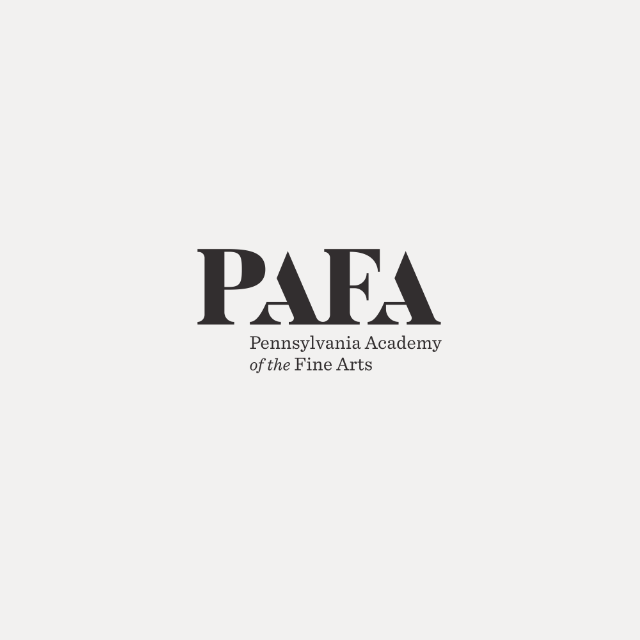
Homage to Frederick Kiesler
Robert Rauschenberg
A ground-breaking artist, Rauschenberg was an integral force in establishing Postmodern art. Coming to prominence in the 1950s, some of the visual language of the Abstract Expressionists but insisted that his work was documentary rather than expressive. His innovative "combine paintings" used collage and assemblage to address the clamor of twentieth-century existence and incorporated not only traditional art forms but also performance, music, light, electronics, and a variety of found objects including garbage, bedding, and taxidermied animals. Rauschenberg felt that such detritus, plus visual references to pop culture, was the only way to achieve "honest" commentary on modern life. In the 1960s Rauschenberg began using more printmaking processes in his collages. he created this print shortly after the death of the influential Romanian-born architect, artist, and designer Frederick Kiesler. Rauschenberg depicted Kiesler turning to review the up-ended image of his most visionary monument , "The Shrine of the Book," built in Jerusalem to house the Dead Sea Scrolls. The red and yellow concentric circles above the shrine represent Kiesler's plan for the "Endless Theatre," and the shadowy silhouette at the top-right corner shows the pod-like forms of his "Endless House."